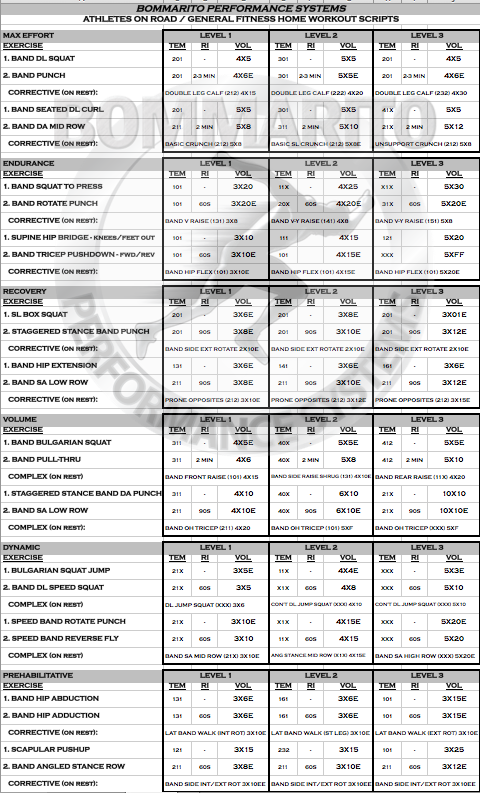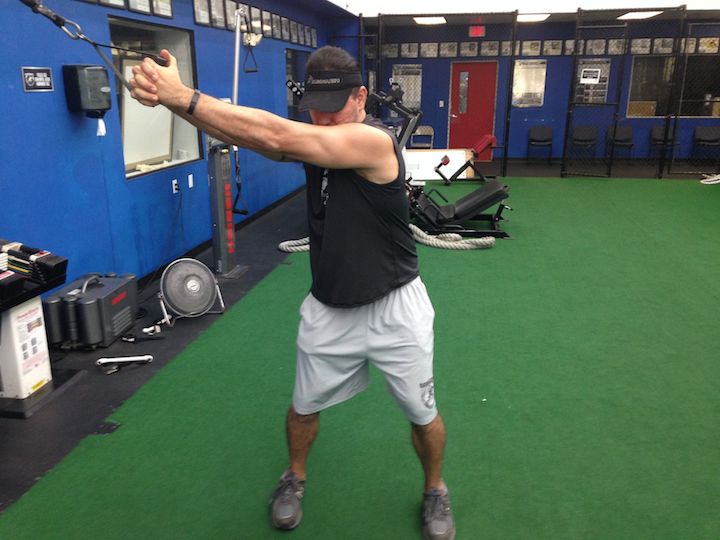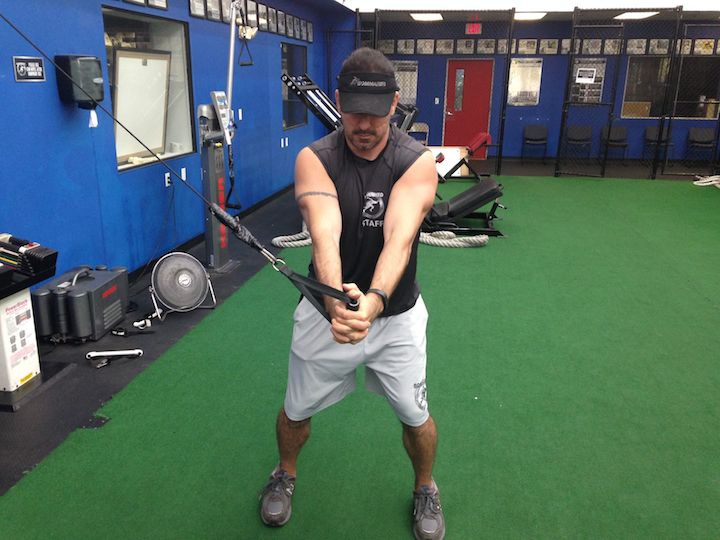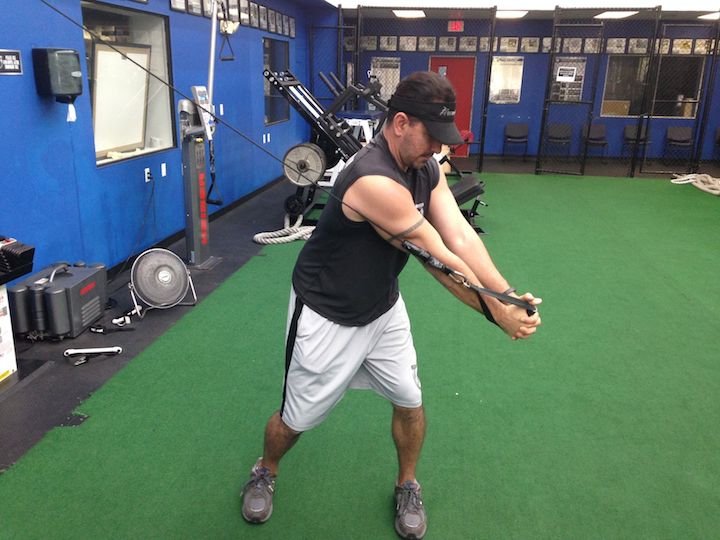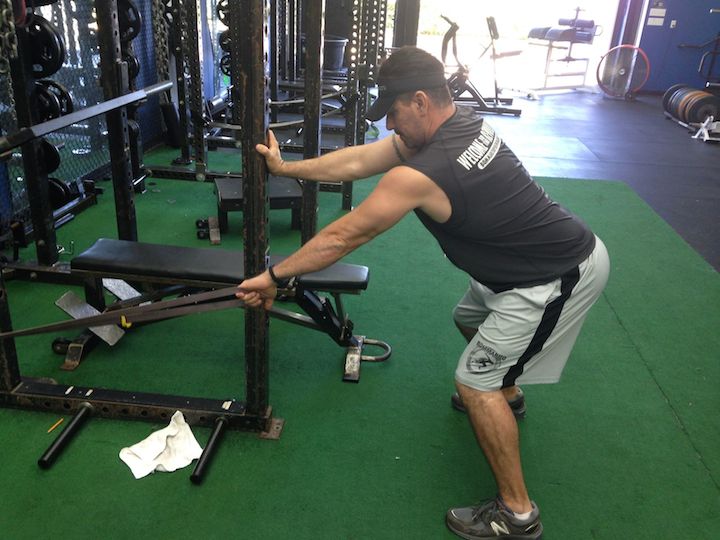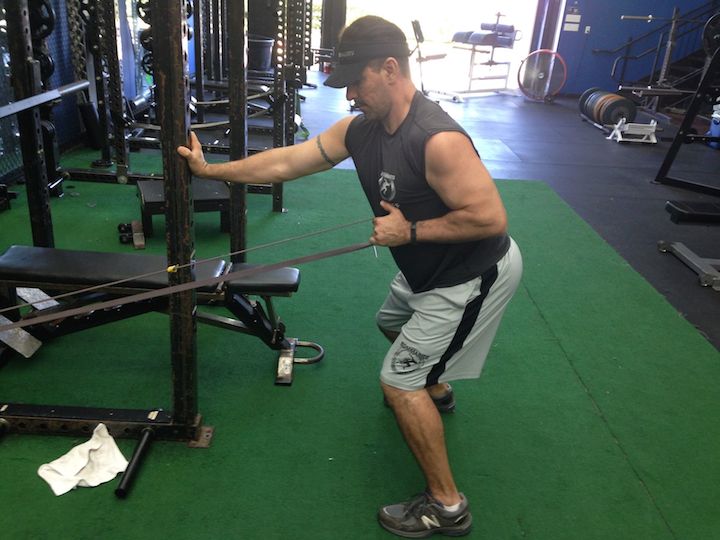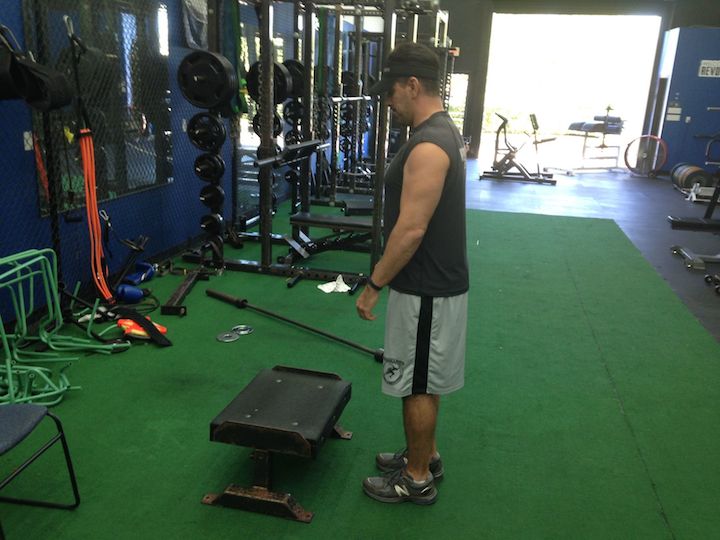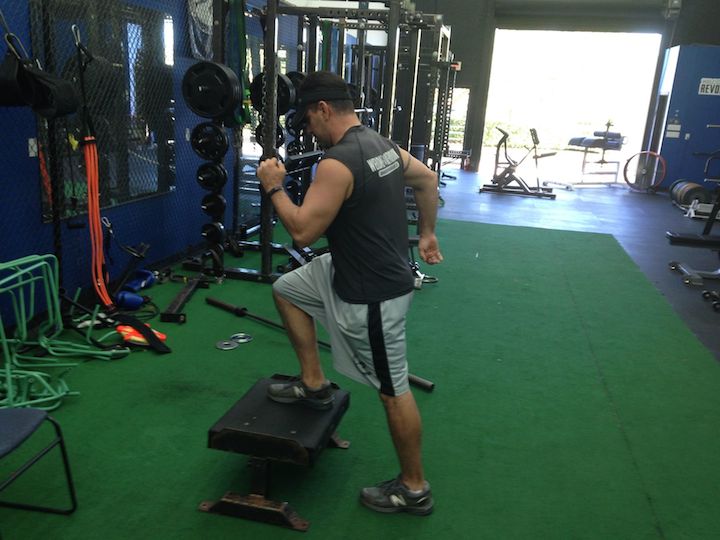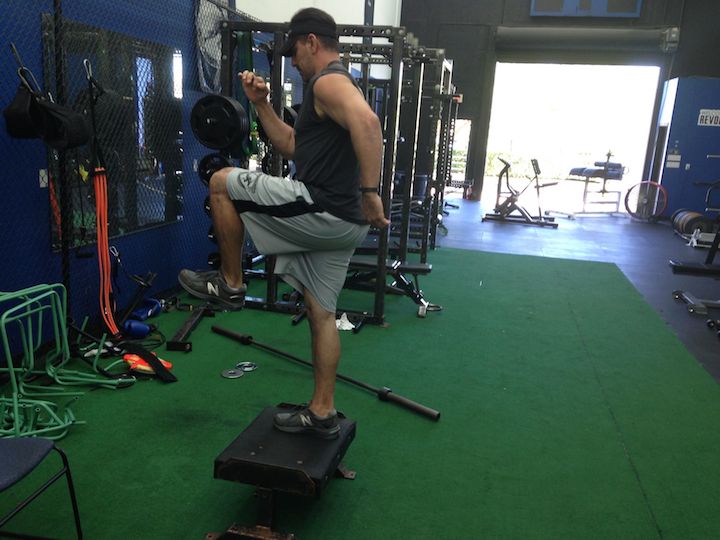MAXIMIZING YOUR WORKOUTS ON THE ROAD OR AT HOME WITH LIMITED TIME/EQUIPMENT – THE VARIABLE LOADING AND BODY WEIGHT SYSTEM
Pete Bommarito, MS, CSCS, USAW, MATCS, MAT Jumpstart
In order to really maximize your training for yourself and/or your clients, having the structure is always the key. The optimal structure can be centered around a number of aspects:
- Medical disciplines to treat and evaluate pre/post
- Facilities and equipment the can maximally facilitate individualized goals
- High level trainers/coaches and/or training partners
- Optimal time for preparation, rest periods, and post recovery
- Nutrient Timing
- Proper sleep, recovery, hydration, and stress-free personal environment
It is clear that one or more of the aforementioned aspects are just common parts of most people’s everyday lives and they will always compromise “optimal development.” This is especially true for those that travel frequently, or just simply for those clients that have so many personal responsibilities with family and/or young kids that it might be logistically impossible to get to a facility with the necessary amenities and equipment. Planning for these logistical factors is always a good idea; as some development (even if it is “sub-optimal”) can be better then no development at all. As long as trainers/coaches and the clients have a full understanding that this can’t be setup as a standard for people that are just too lazy to commit to what is optimal at least part time. It is simply great sample general plans that can keep the development going during these types of tough situations.
From an athletic perspective, tennis is a great example. There is no way that an elite tennis player can have a perfect plan on the road to different countries and absolutely ensure that there is a facility in close proximity that has all of the adequate equipment and services. Further, there is always a financial factor – some players can surely bring a “travel performance coach” on the road; some can’t. In either case, the coach MUST plan for implementing a program when traveling with the client; OR give the client solid education and a program to take on the road. And this implementation must be planned for a “worst case” scenario.
From a general fitness perspective, the best trainers are not just the ones that can directly train a client adequately. It’s the education of what to do in a “worst case” scenario if your client needs to travel, has an emergency, or has a logistical issue like family issues that inhibits the ability to attend sessions.
In any of the above scenarios, body weight training and band training is a great place to start. There are many different modes of training, but body weight and bands can usually be the best system to implement because of the ease of implementation with no “facility”. It’s easy to travel with, it’s inexpensive, and the overall variety of exercise implementation can really facilitate a solid, scientifically based program.
EQUIPMENT
Sorinex Bands – Mini, Monster-Mini, Light, Medium, Heavy
EXERCISE DATABASE
Upper Press
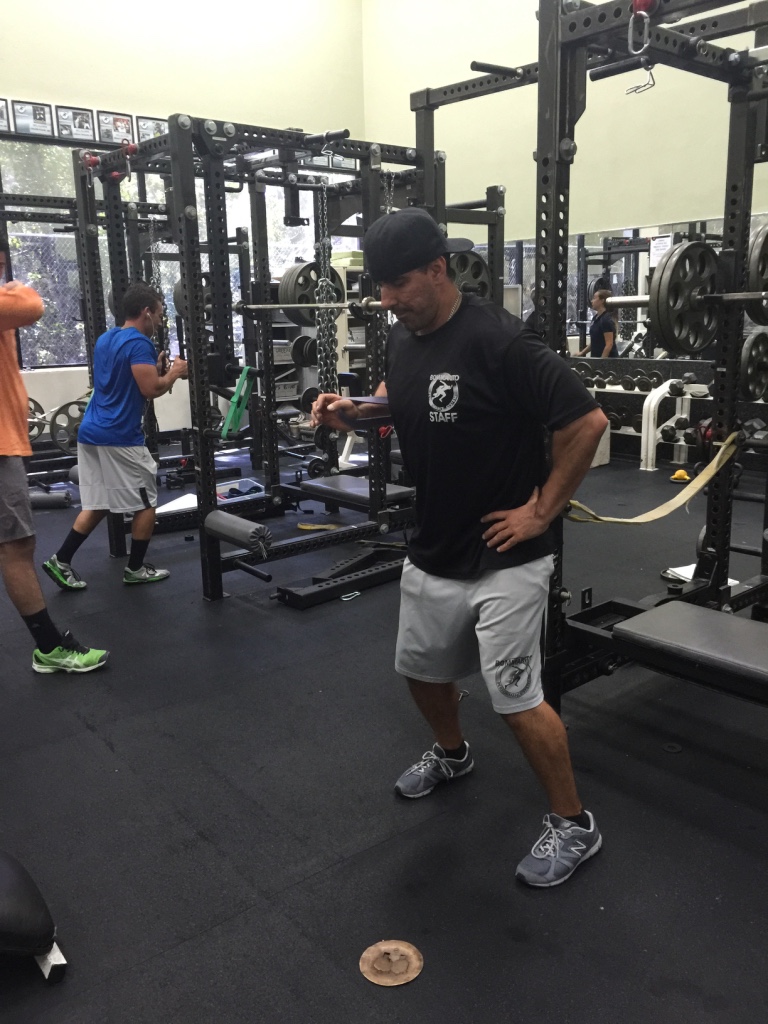
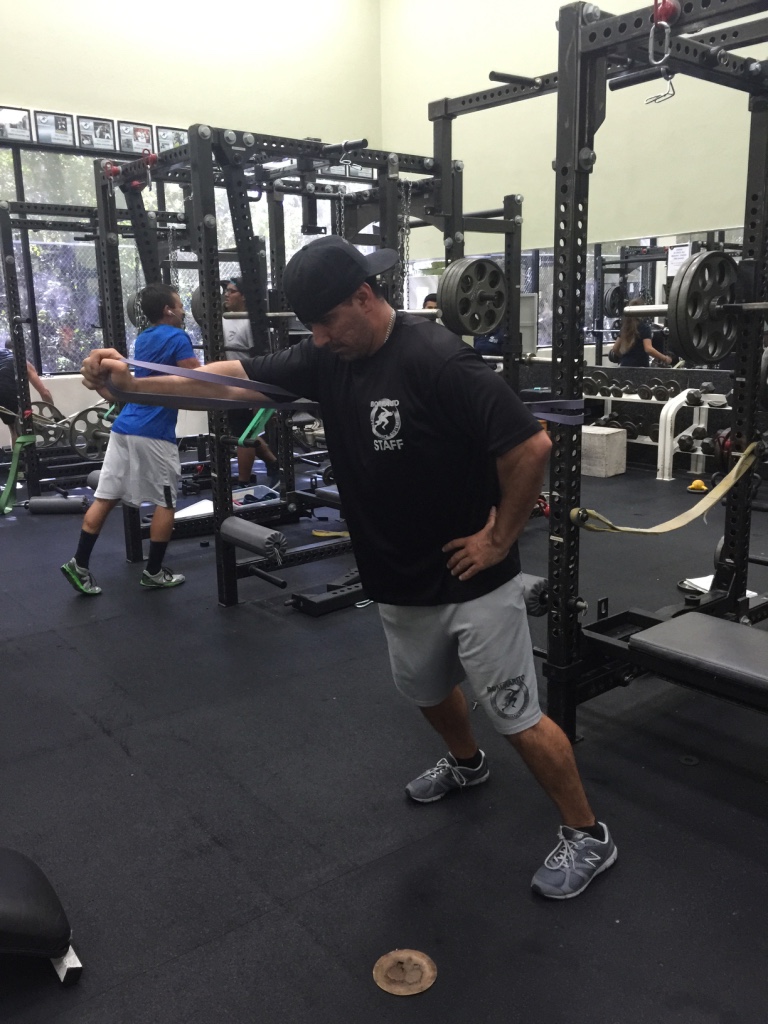
Staggered Stance SA Band

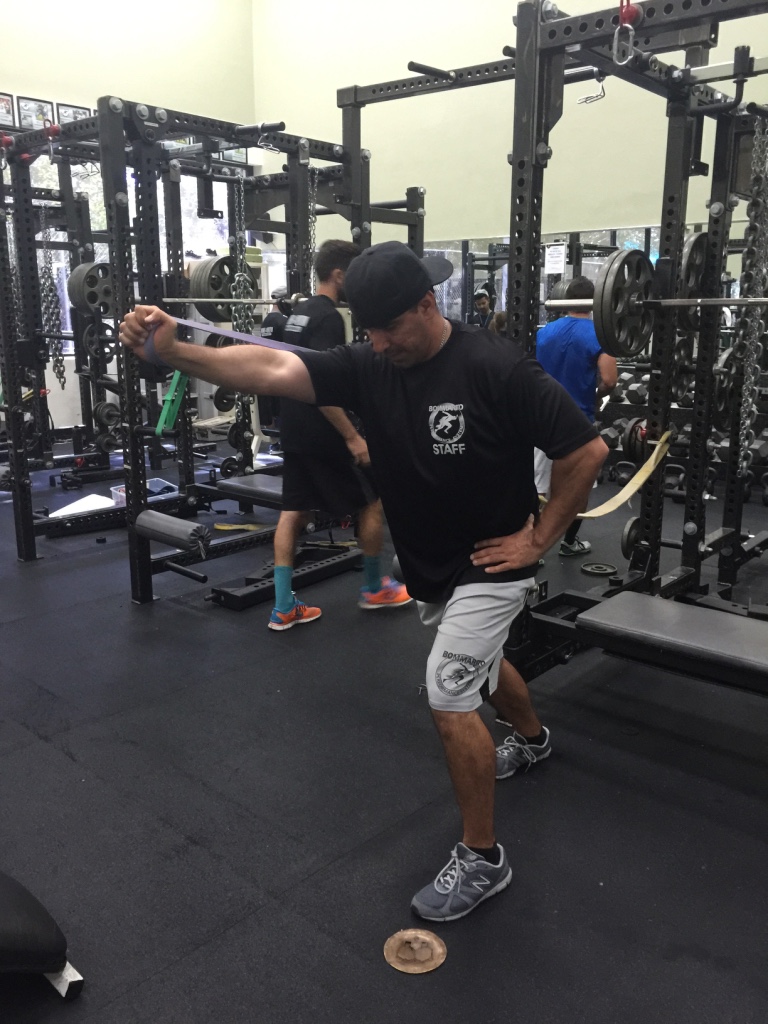
Rotate SA Band Punch


Variations
- With Protract at end of Punch
- Band DA Punch
- Staggered Stance DA Punch
Upper Pull
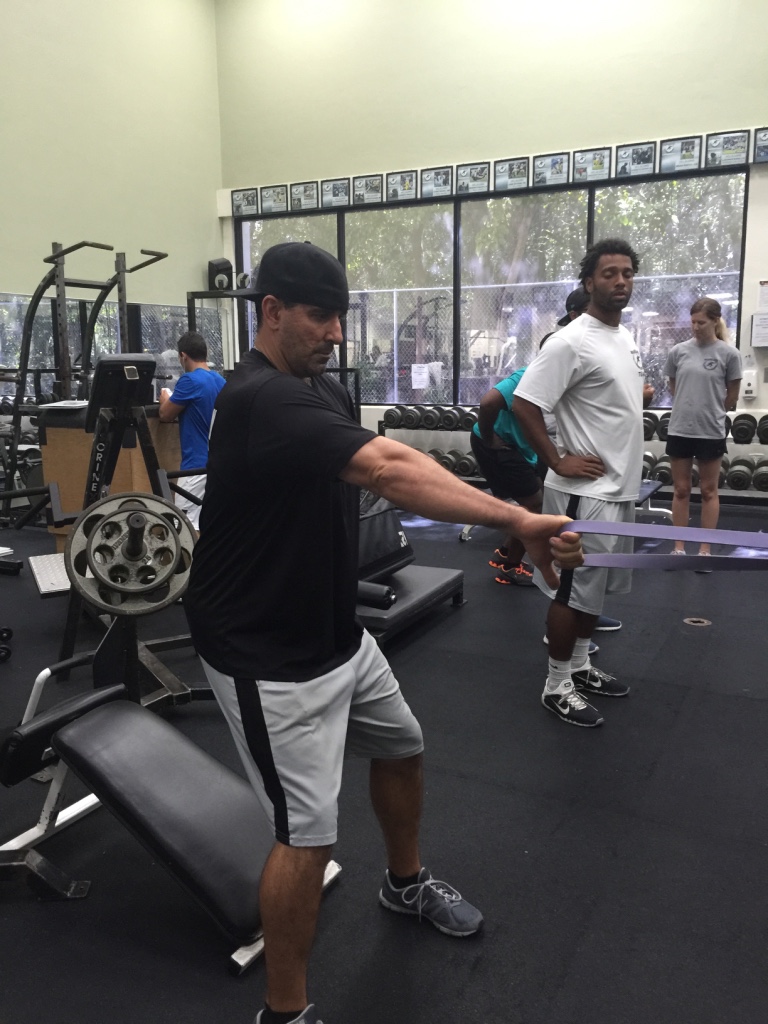
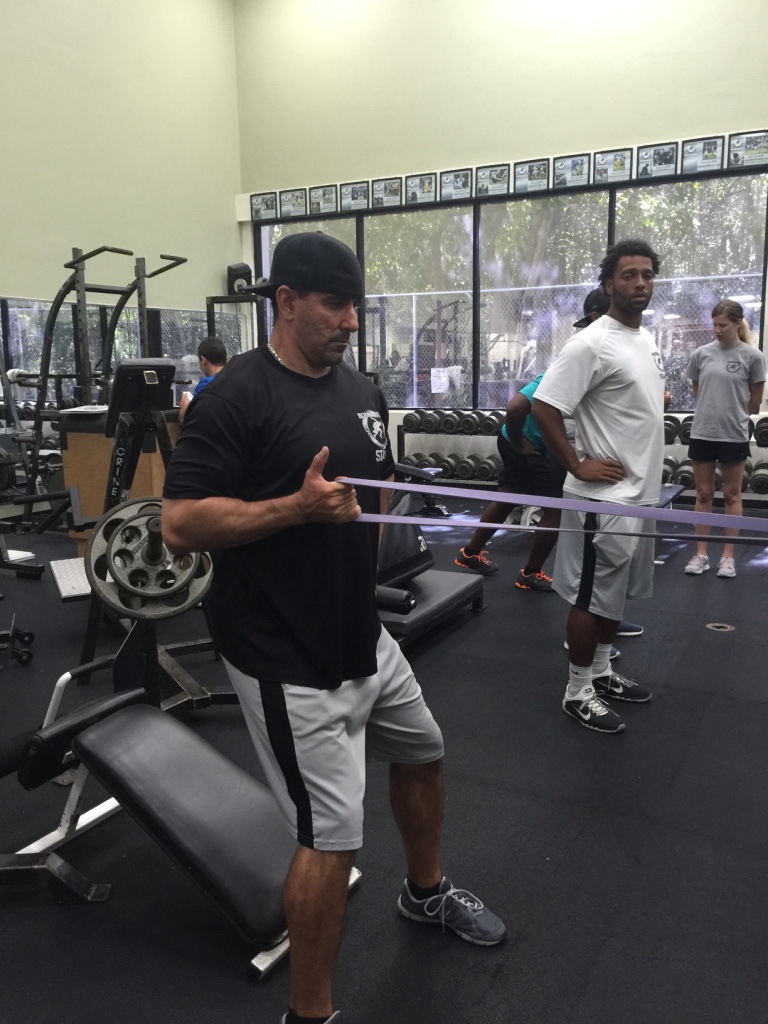
Angled Stance SA Row
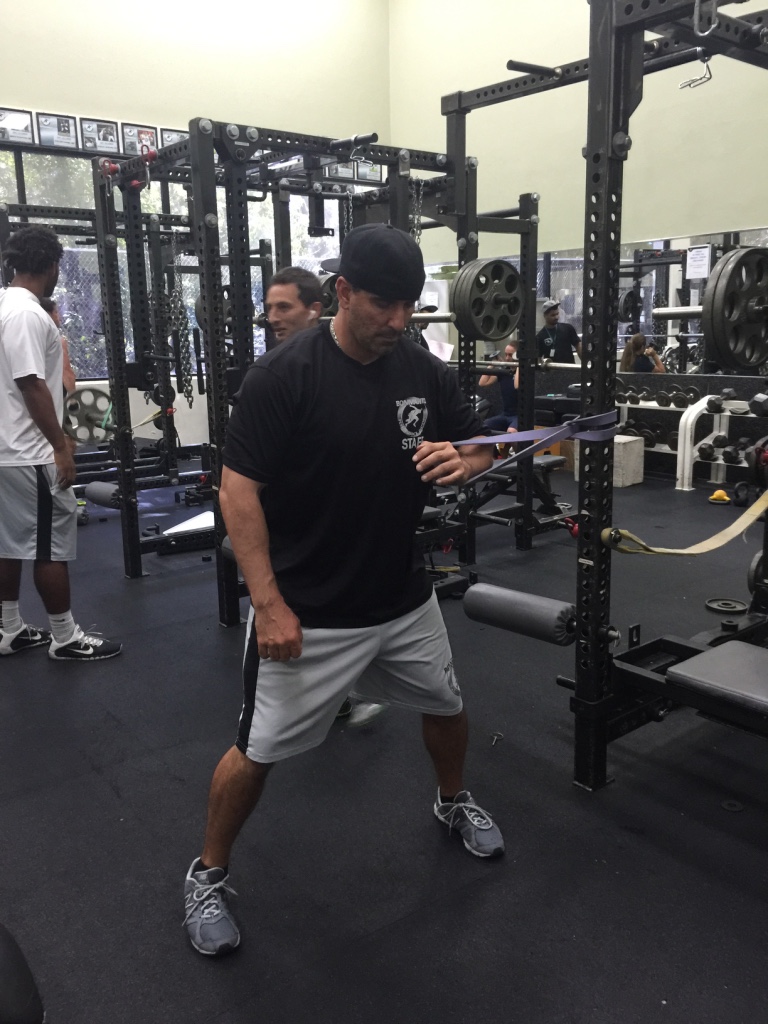
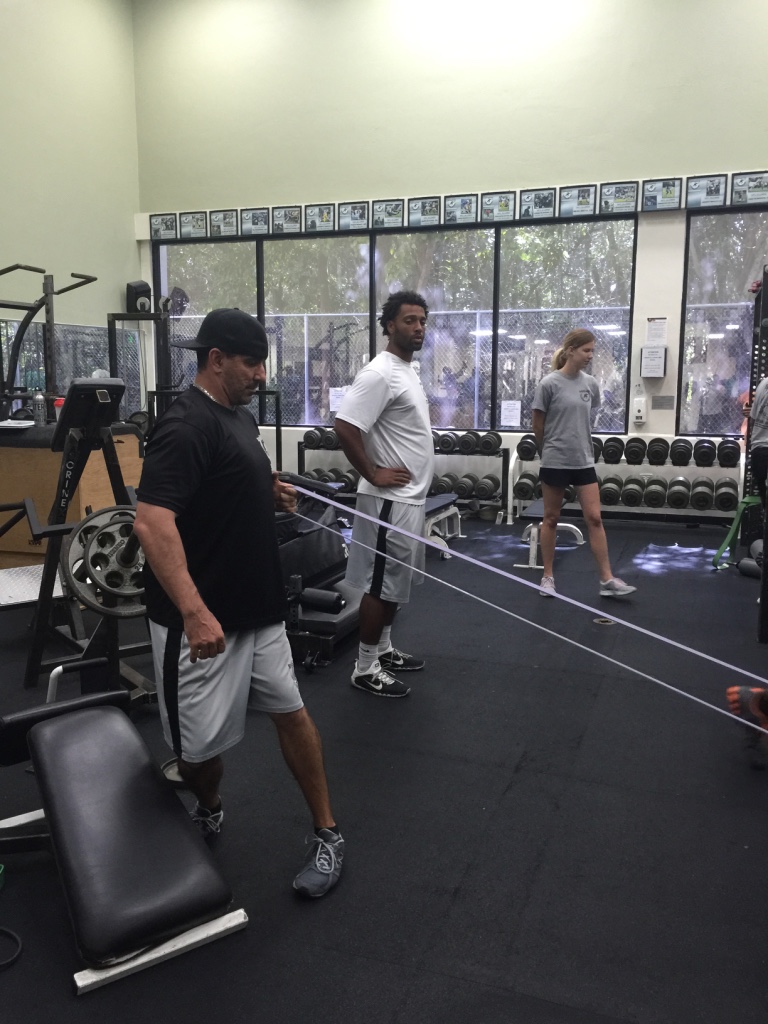
Reverse Band Fly
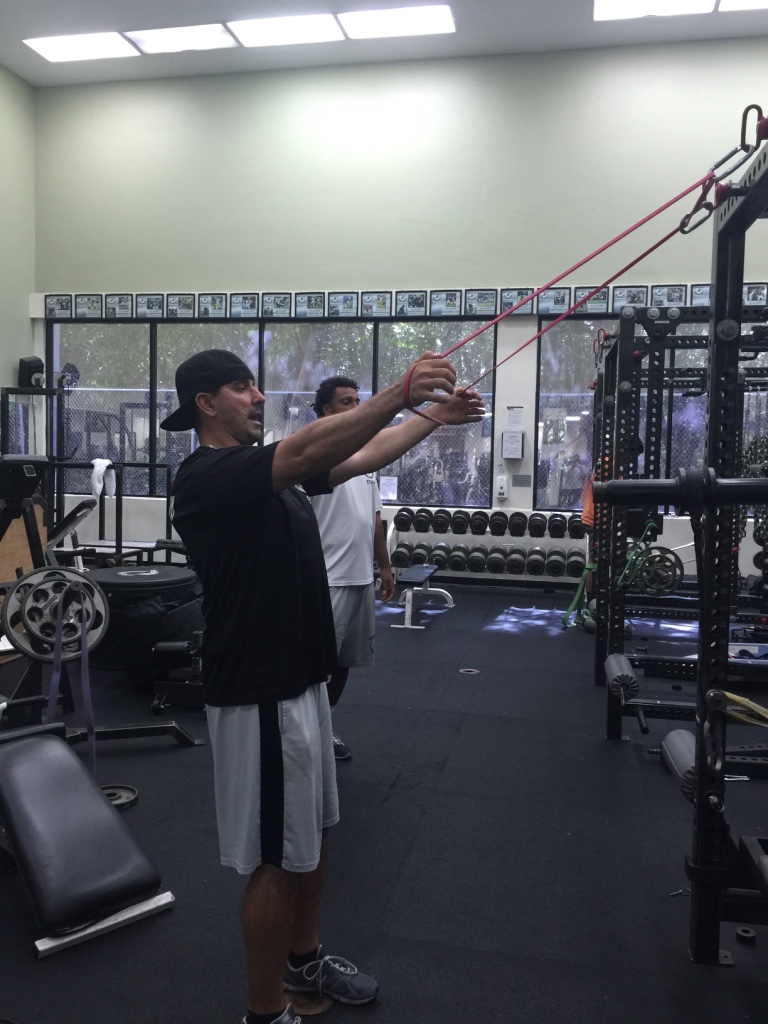
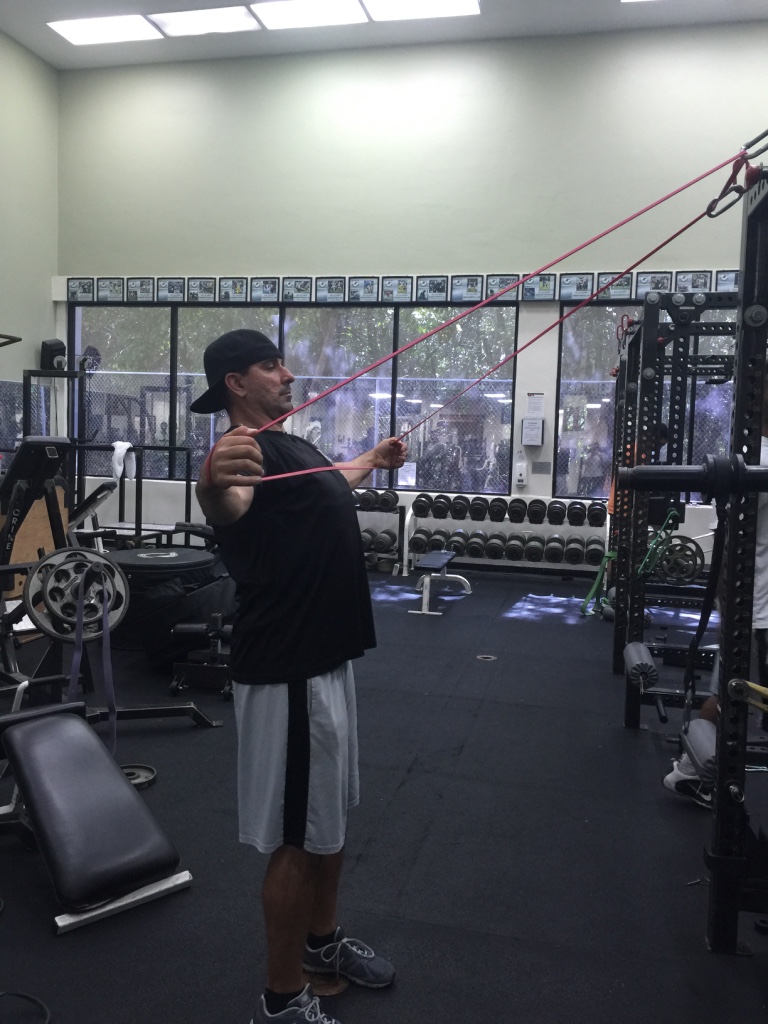
Variations
- High
- Low
- DA Row from varying positions and angles
Upper Auxiliary
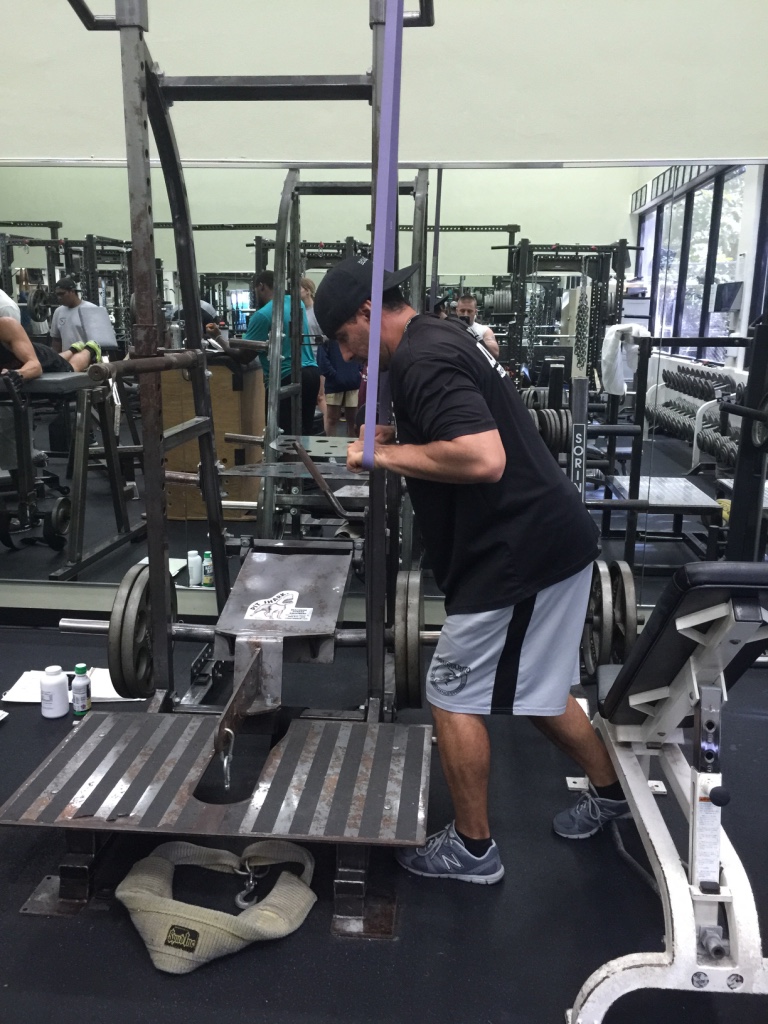
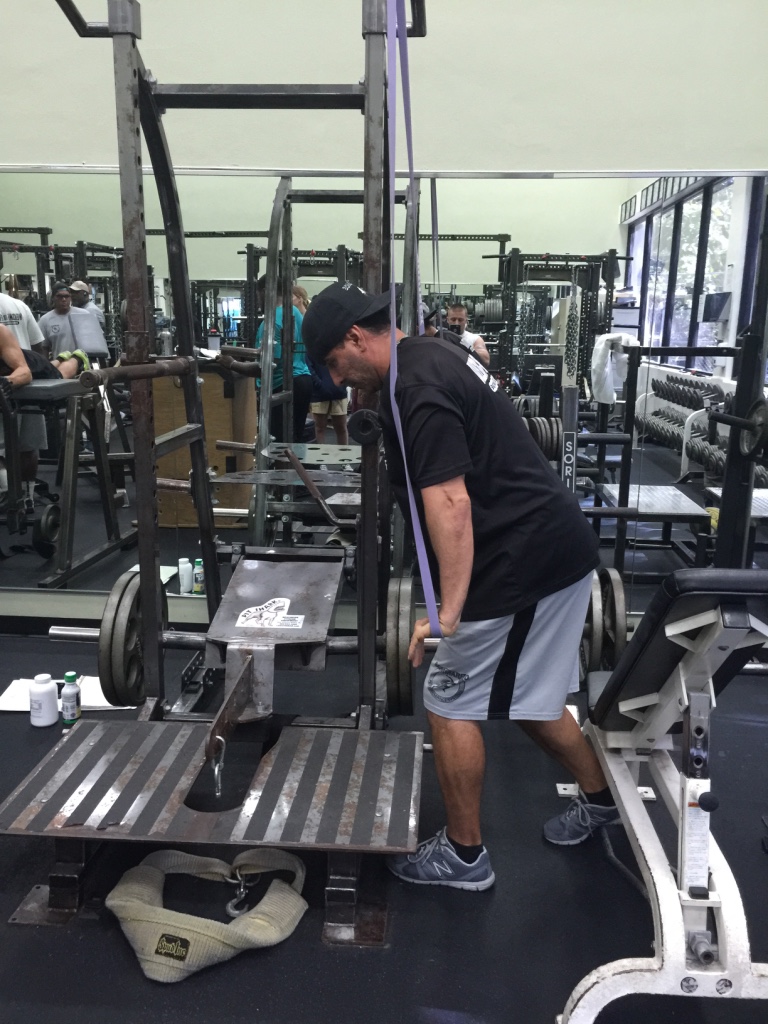
Band OH Tricep Press
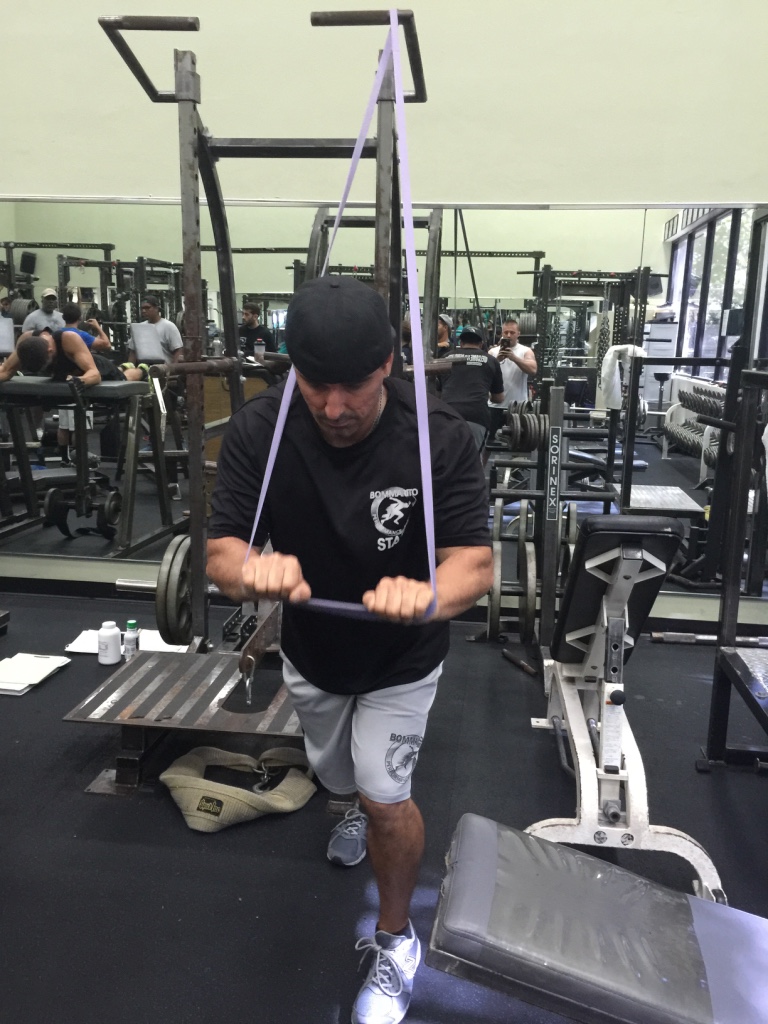
Variations
- SA Tricep – varying angles
- Reverse Grip Tricep – varying angles
- Band Tricep Press – chin
- Band Tricep Press – forehead
- Band Bicep Curl
- Band SA Bicep Curl
- Band Hammer Curl
- Band Wrist Flexion/Extension
- Band Front Shoulder Raise
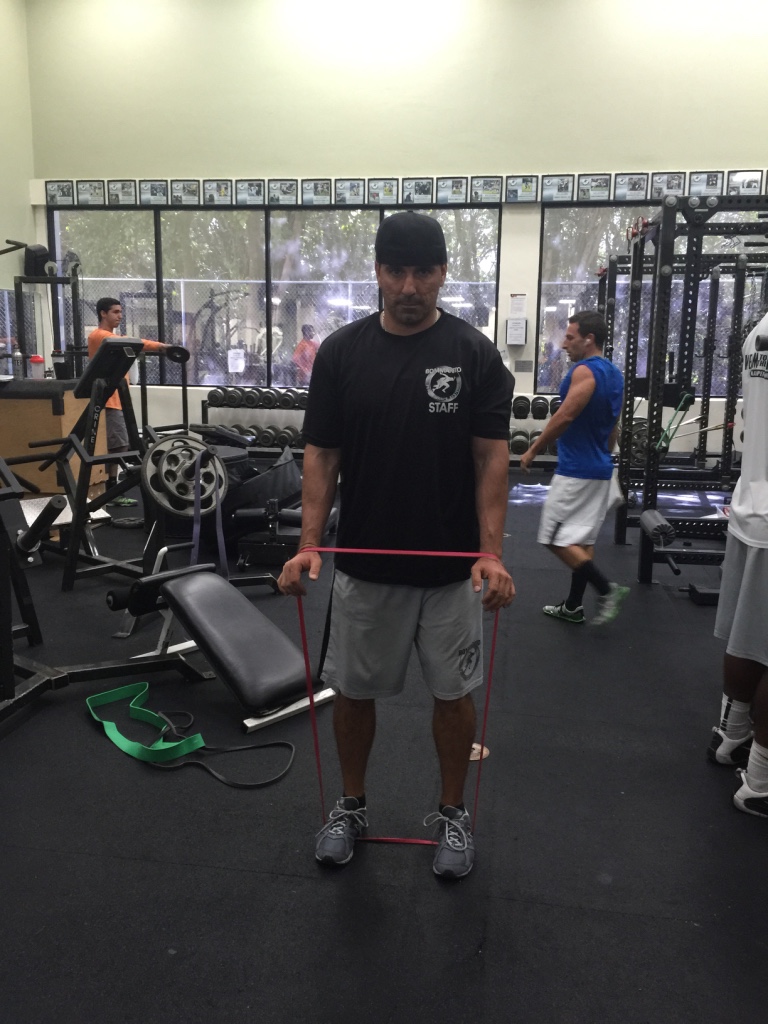

Band Side Shoulder Raise


Band Rear Shoulder Raise
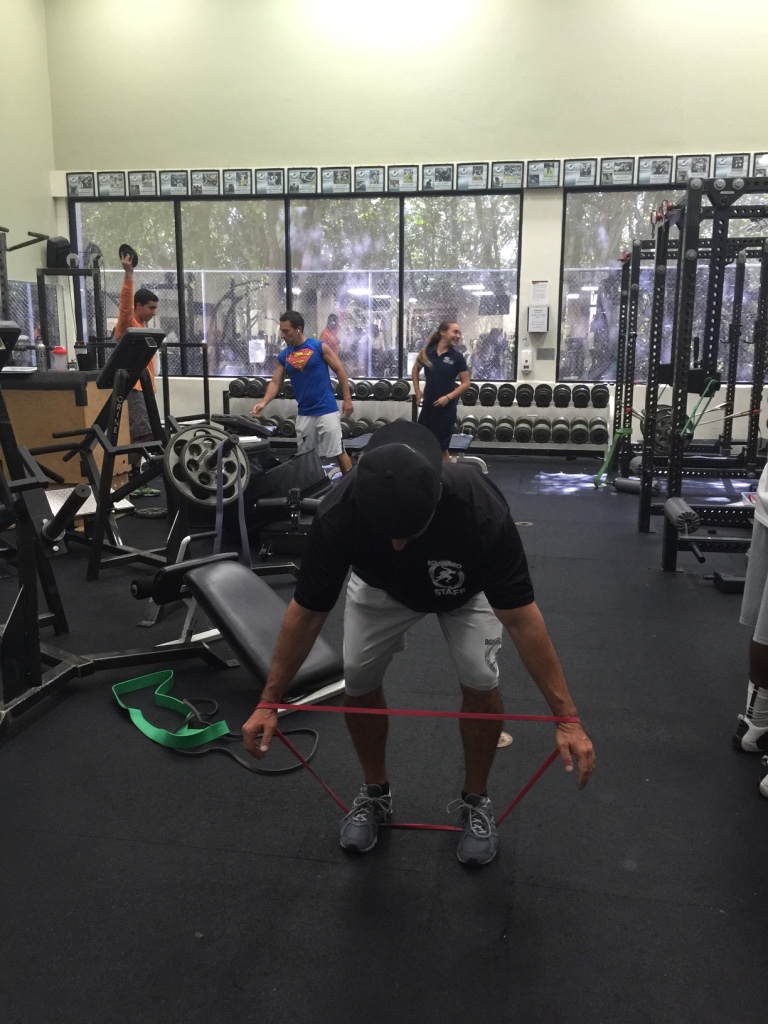
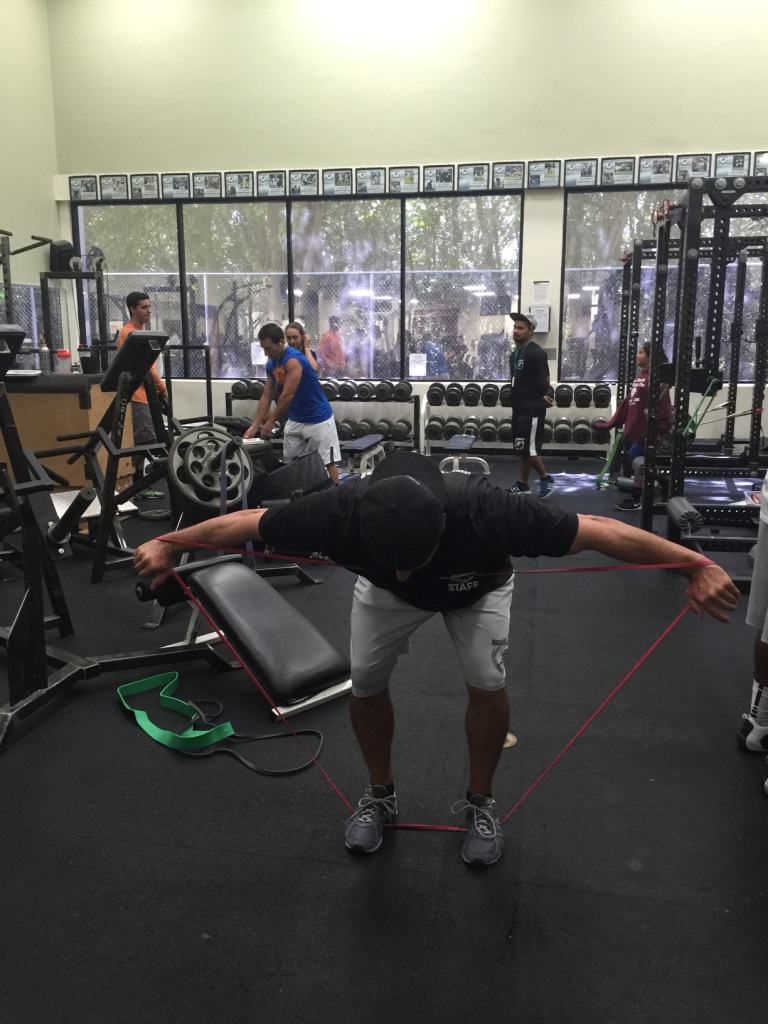
Variations
- Front V Raise
- Front V-Y Raise
- Side Raise – Shrug
- Heavy Band Shrug
Lower Hip/Quad Dominant
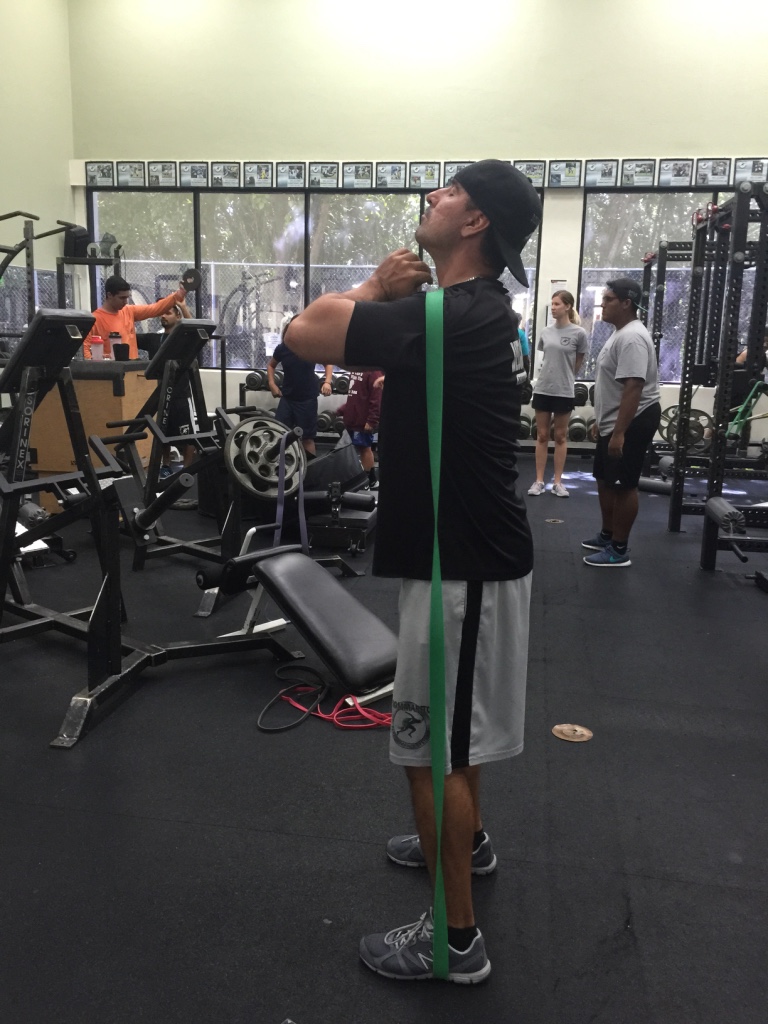
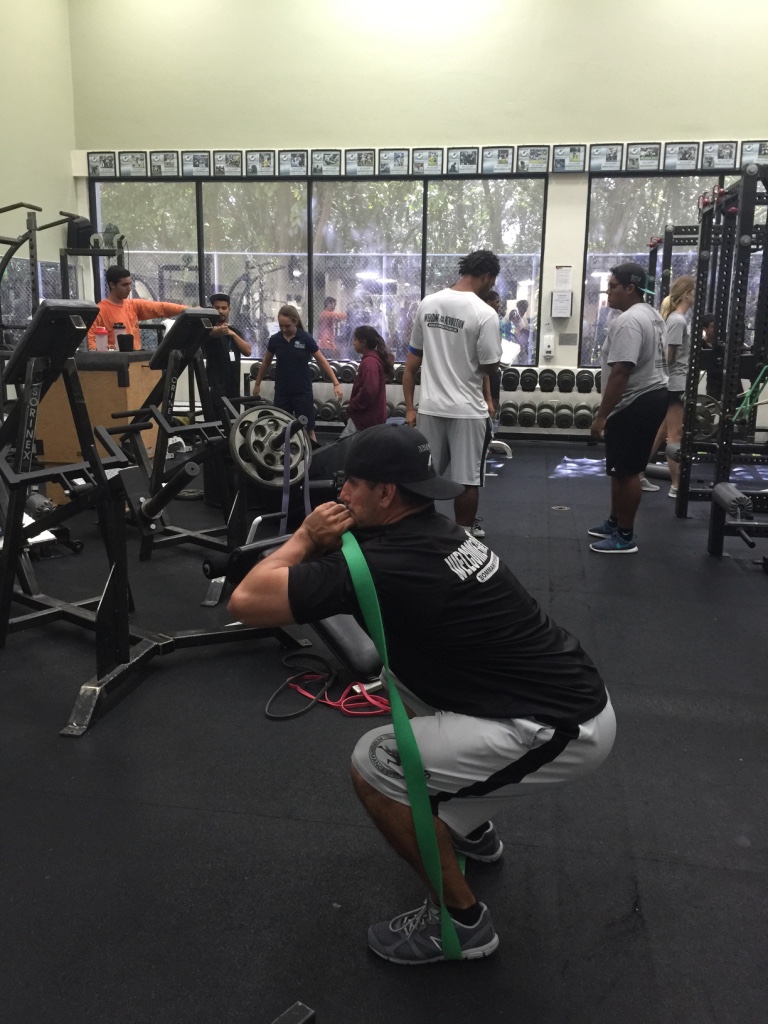
Band Bulgarian Squat
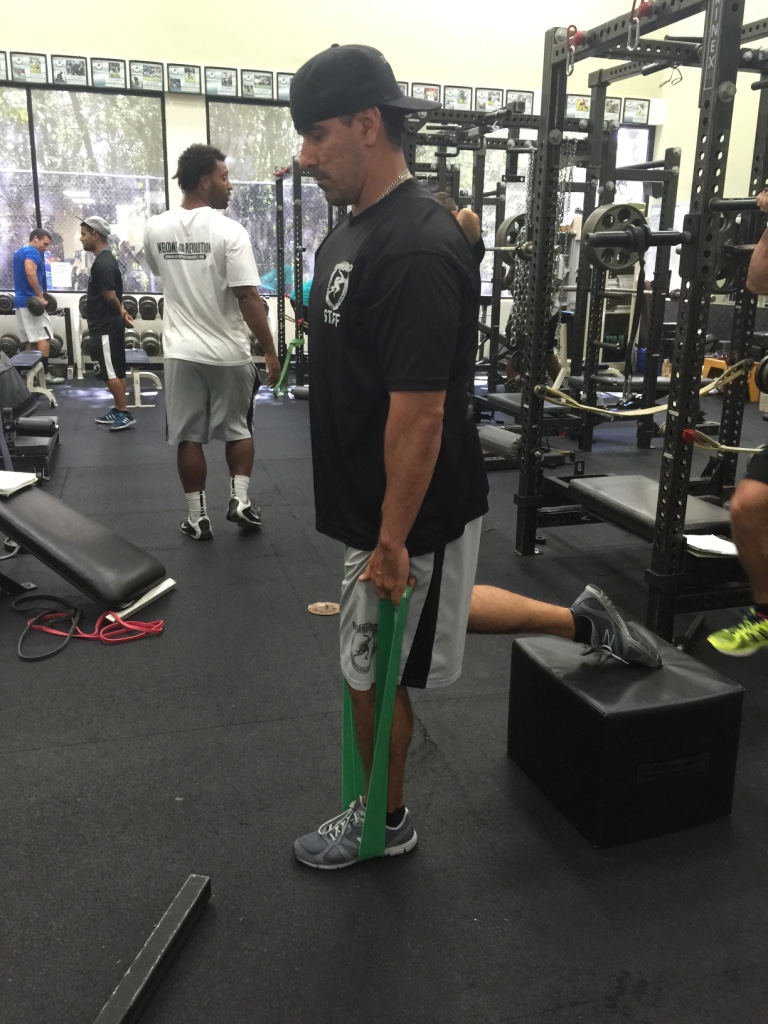
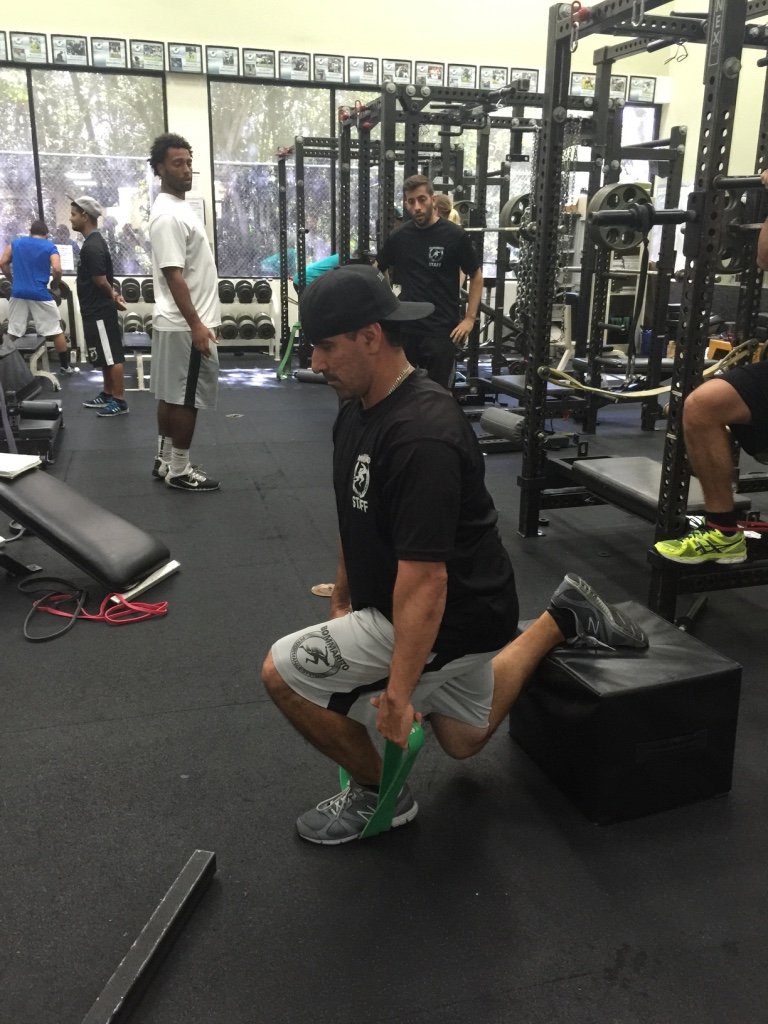
Variations
- DL Squat to OH Press
- Lateral Walk to Squat
Lower Posterior Chain
- Band Pull-Through
- Band Seated DL Curl
- Band Seated SL Curl
- Body Weight Hip Bridge
- Variations
- Hip Bridge – Dorsiflexion or Plantarflexion
- Hip Bridge – knees/feet in; knees/feet out; knees in/feet out; knees out/feet in
Lower Single Joint

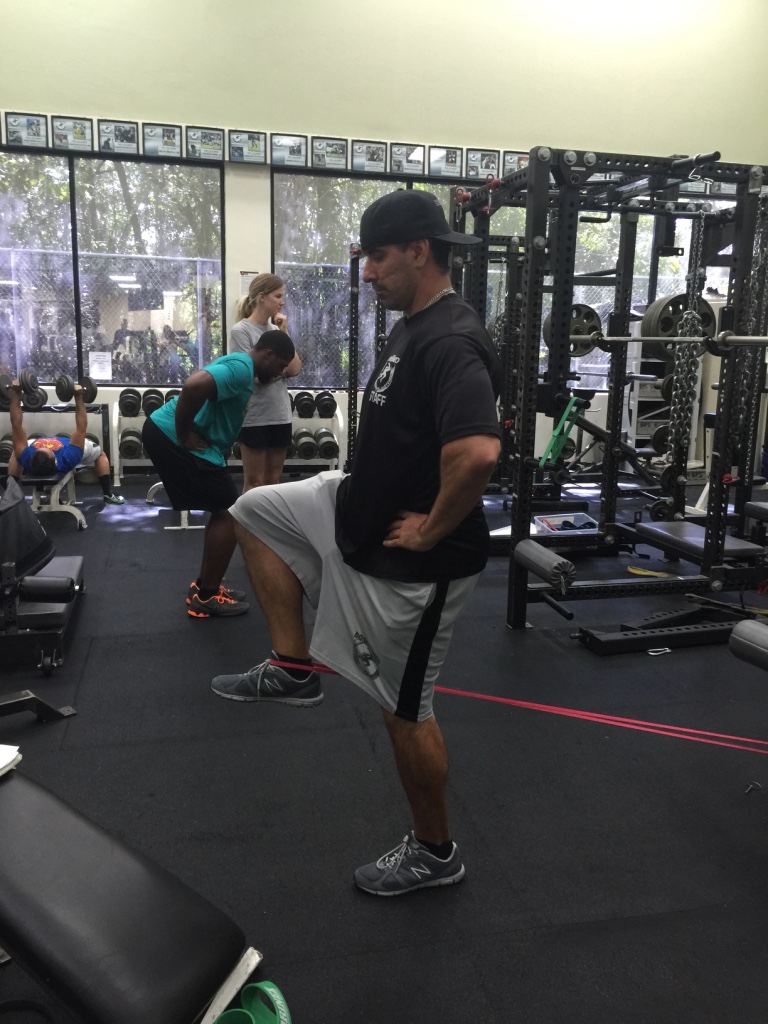
Band Hip Extension


Band Hip Abduction

Band Hip Adduction
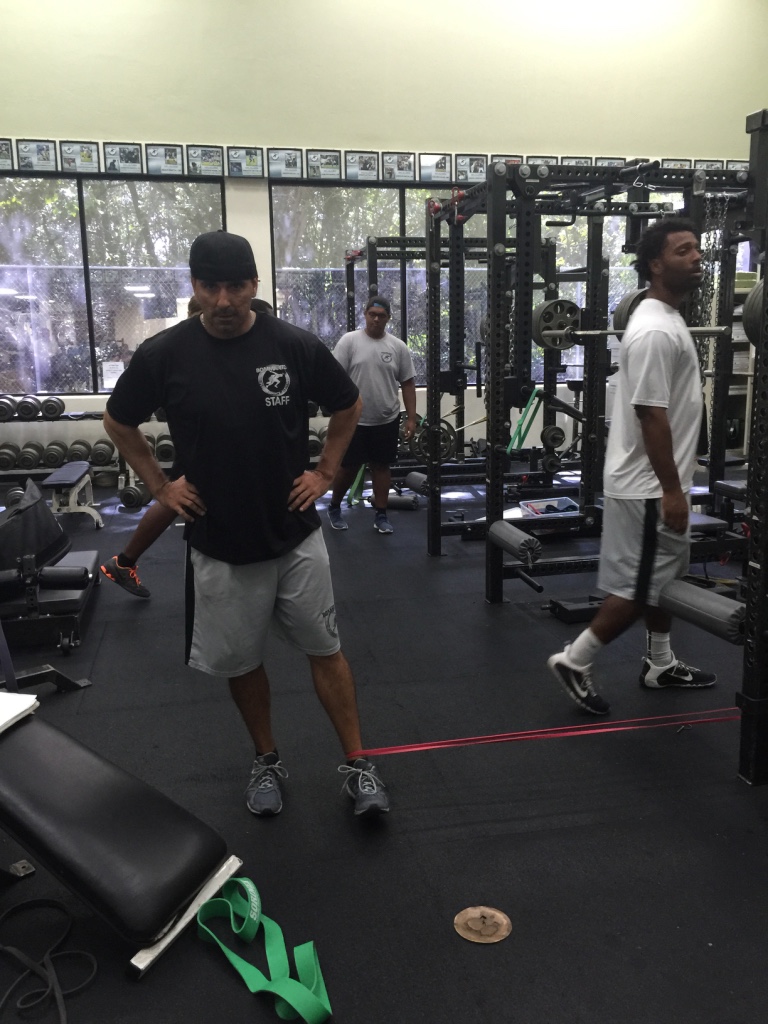

Variations
- Band Hip Flexion w/ abduct or adduct force (angle the band)
- Band Hip Extension w/ abduct or adduct force (angle the band)
- Band Hip Abduction with flexion or extension force (angle the band)
- Band Hip Adduction with flexion or extension force (angle the band)
- Band Lateral Walk

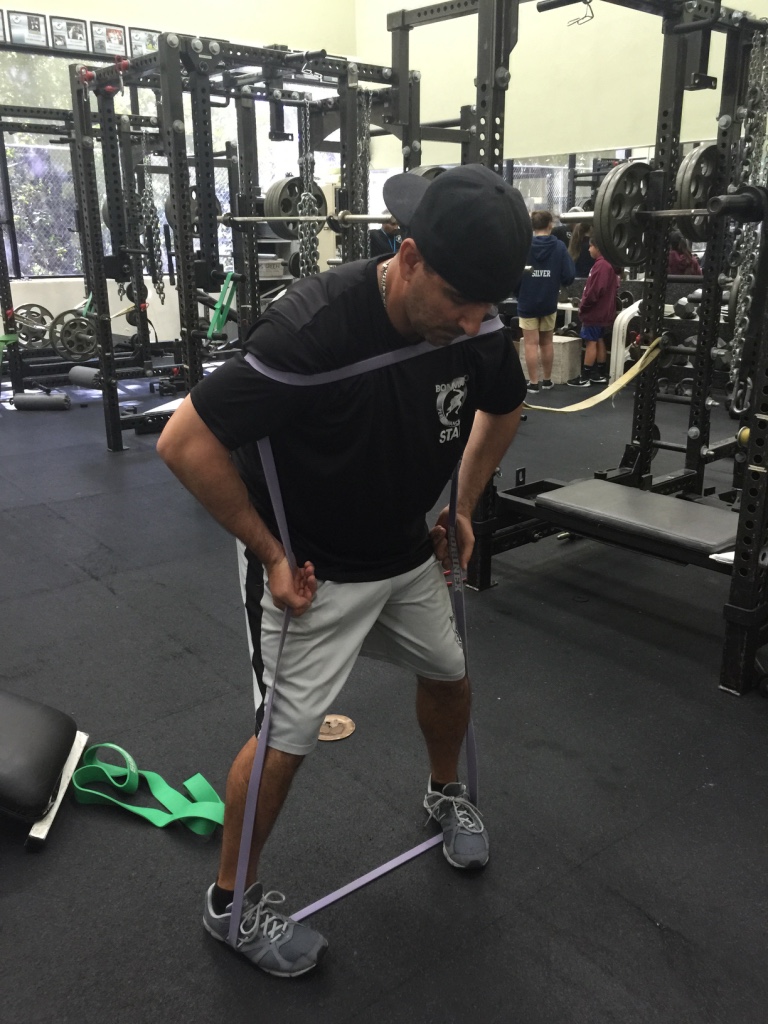
External Rotate feet
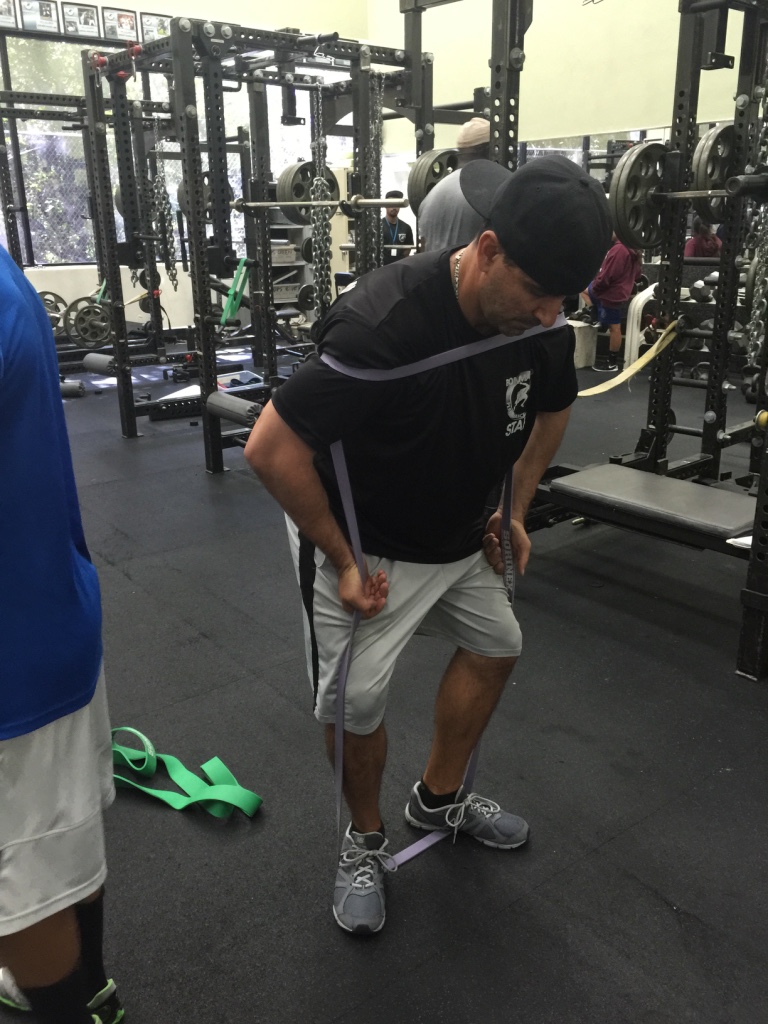
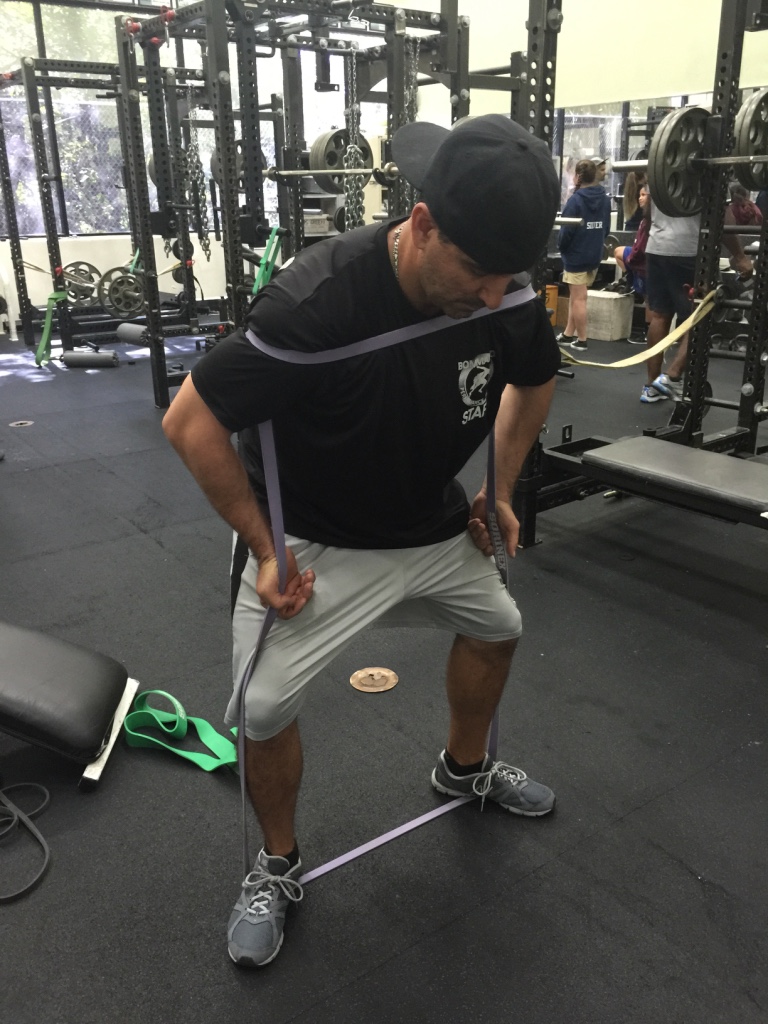
Neutral feet
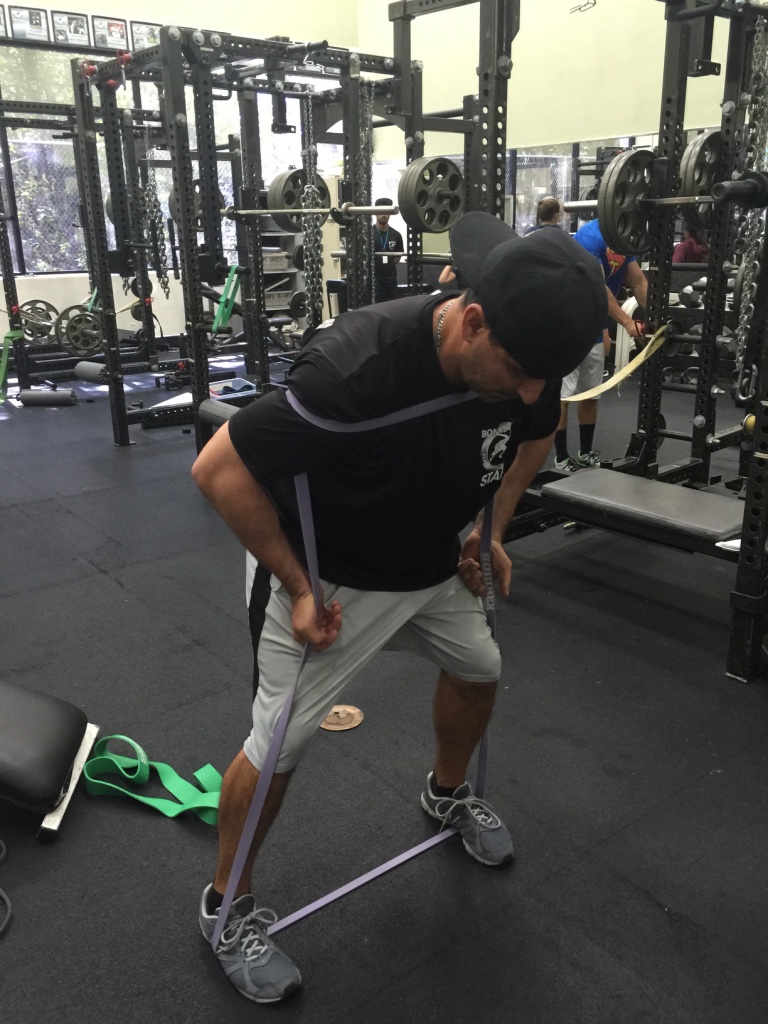
- Standing Calf Raise
- Sraight Leg Neutral Feet
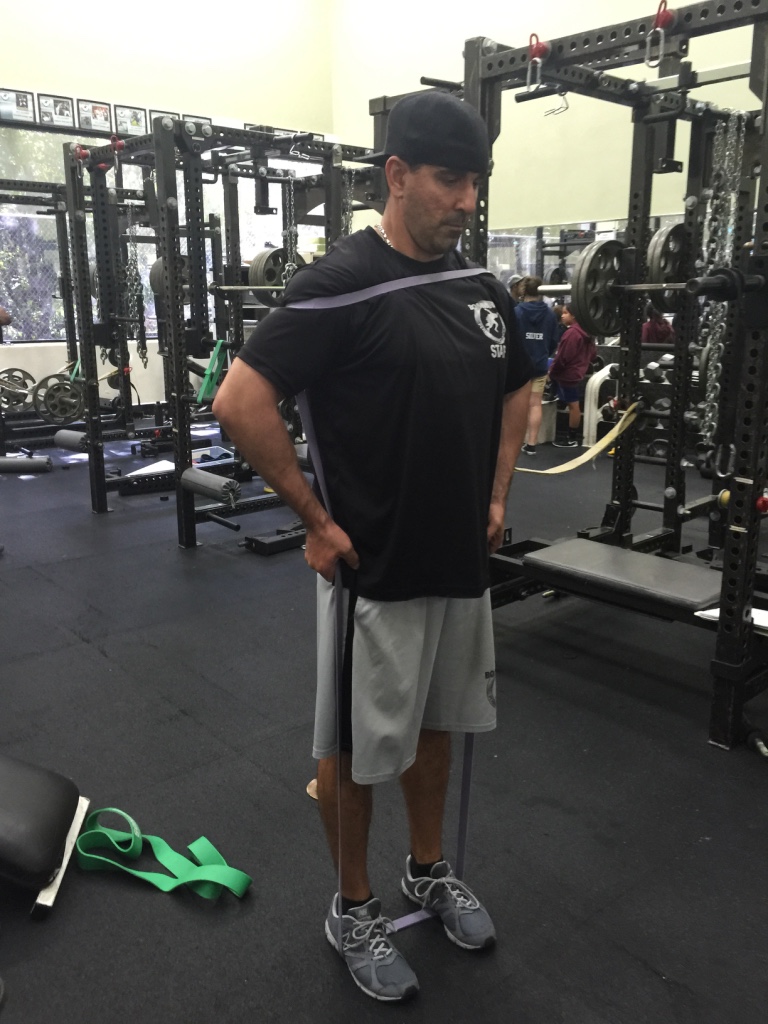
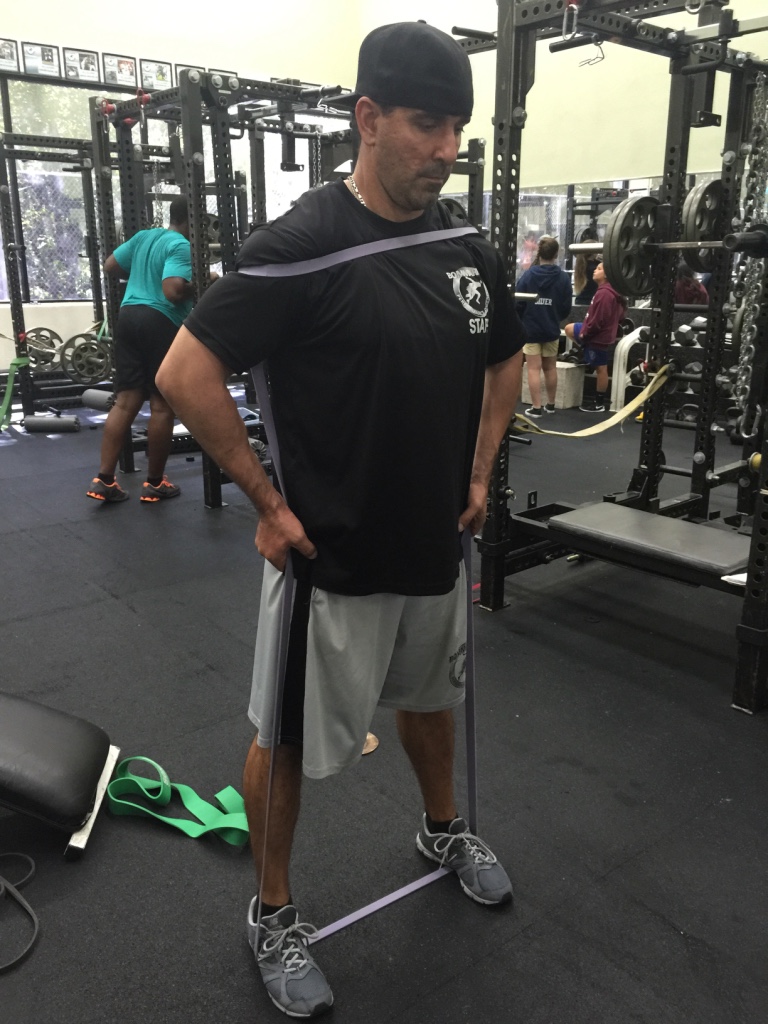
WORKOUTS
Using the listed workout scripts as general templates, it can be easy to construct an undulating periodization model. This model should always be with the understanding that it should be unplanned. This is especially true for athletes on the road. If an athlete is on the road with heavy tournament play, the training should supplement practice and match play – not interfere with it. It’s virtually impossible to perfectly plan the recovery from practice or an event. The basic way to plan a workout script is to go off the “readiness to train” of an athlete. Simply how the athlete feels, soreness levels, energy levels, etc. For advanced athletes with a better understanding of their body, or if athletes have access to Neuromuscular Therapists, it becomes a lot more detailed in terms of the actual appropriateness of the workout selection based on neural capacity and function.
Note that each workout has 2 complexes. The “1” exercise is always immediately super-setted with the “2” exercise, then given rest period will take place (noted by “RI”, or rest interval, on the script). The rest period can be a simple inactive recovery. Or there can be a chosen “Corrective Exercise” chosen during the rest interval. There are many sample corrective exercises listed on the script. For example, on the MAX EFFORT scripts, a Double Leg Standing Calf Raise is listed as a sample exercise during the rest interval of the first complex. Because the muscles involved in plantar flexion are such a crucial component of the gait pattern (especially from the complex an specific pronate to supinate action from absorbing to re-directing force), it can be a great chosen exercise during this rest interval that can assist with “correcting” dysfunctional gate patterns (of walking, or dynamic motion and changes of direction). Note the progressive overload between the levels. If there is a specific inhibition that got activation from a therapist, a specific isolated exercise can be used to facilitate a progressive tolerance to force at that joint/muscle. If there is no set pattern of specific evaluations, the listed exercises can be great choices – because they are globally seen as assisting with many general dysfunctions seen in many people – athletes and general fitness clients.
For simplicity purposes, all of the listed workout scripts were constructed with “full body” on each day. However, if there is a week where it is appropriate (based on response) that 3 or 4 days can be used, an upper body or lower body day can implemented using the same model. So if an upper body day needs to be substituted for a full body day that is listed, both complexes can have a “1. Push to 2. Pull” system, with a rest interval that contains a corrective.
Also note that some of the Rest Intervals contain “Complex” instead of a corrective. An example would be the VOLUME day. Instead of focusing on an exercise assisting with the force at a specific or a general dysfunction, this is an exercise that completes the overall complex. Hence, the VOLUME day is an intense continuous workout with little to no rest.
As with anything in Sports Performance or General Fitness, it’s still a good idea to plan based on the predicted response – but always CHANGE THE PLAN based on the actual response. With these points in mind, these examples could be appropriate periodization models for an elite athlete on the road, or a general fitness client that needs a good “home workout” for a period of time:

